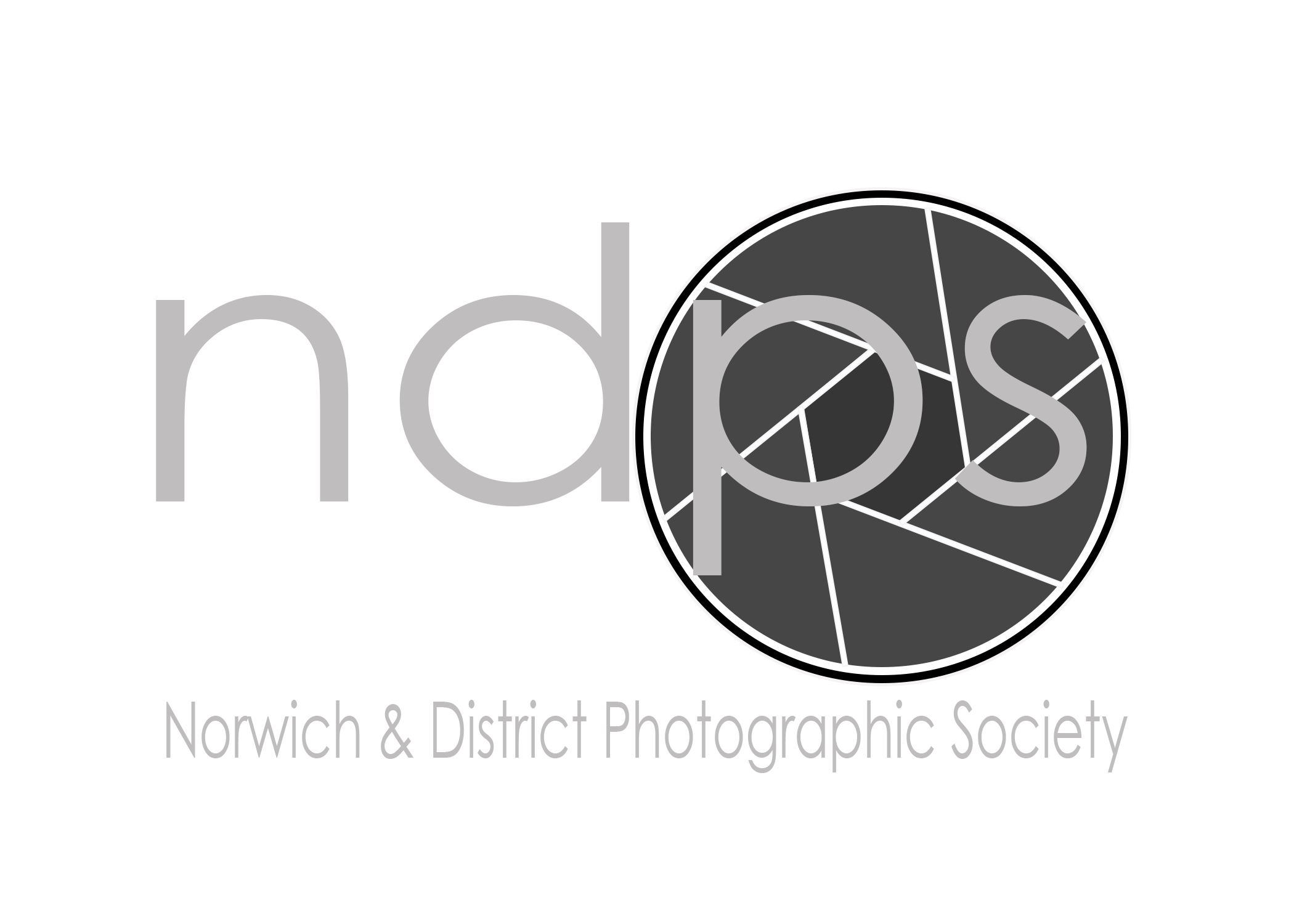We think this presentation should be re-named, The Agony and The Ecstasy! The title of a biographical chronicle of Michelangelo and the opposition he faced from Pope Julius II while painting the ceiling of the Sistine Chapel. Last night we had a modern day Michelangelo presenting to NDPS!
This was David's third presentation to this Society and that alone surely indicates how good he is!
He said that all his photography is project based and his thought process went through the following stages: visualise, plan, shoot and finally process. He said he wanted to be in control of his processes.
He listed some sports that were easy to photograph - tennis, white water canoeing and cross country horse jumping. More difficult sports were athletics, squash, contact sports and speed skating.
His images were taken for competitions only and were not really a romantic view of drama. He looks for peak action for the maximum impact and the maximum return on effort. Predictability was the keystone, and he compared the long jump with rugby. The long jump is predictable, every competitor runs the same distance and lands in the same pit - predictability! A game of rugby, by contrast, cannot be predicted. Who knows where the players will be, where the scrums and lineouts will be!
David showed pictures of freestyle kayaking, an easy sport to photograph, providing it was not on a real river where the chances of that killer shot would be elusive.
His pictures of horses jumping hedges were dynamic, strong, and sharp and his favourite technique of putting a camera on the ground and photographing up towards the horse and rider produced some great shots.
Read More



















